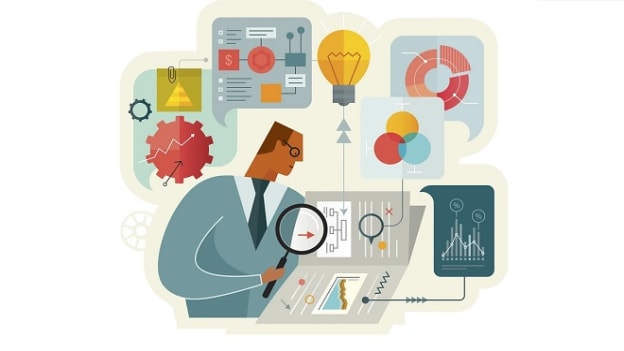The humans behind clinical data management

Humans have and will always play a key role in how we manage, collect, validate & analyse clinical data. Clinical data management has gone through massive evolution from paper trials to electronic data capture and now, moving towards digital. Today, we are able to understand our patients’ needs better and are able to course-correct clinical trial processes thanks to digital technology and Real World Evidence.
The bedrock of a good clinical trial is the speed at which the data is analysed, how accurate are the insights, and how soon can this help accelerate delivery of best medicines to our patients. And technology has further increased the expectation of clinical data management to outdo itself with every passing year, and data managers are always upskilling and re-skilling themselves to meet with the challenging and dynamic business needs.
The current clinical data management domain expects data managers to bring more insights & values right from protocol writing to submission. I always associate data managers to amoeba wherein they can play different roles, perform different critical tasks based on the demands of a clinical project. Macro data management involves project management at a molecule/indication/study level, driving the whole data strategy towards standardisation and data collection/validation to ensure consistency and steer the team’s efforts in the right direction. A micro data management involves getting down to brass tacks and resolving issues at site, defining the right edit checks, CRFs and CRF completion guidelines.
Data managers bring insights by strategizing data collection models through sister studies, reading published articles, analyzing data trends, adapting CRF collection modules with complex protocols and amendments and coming up with solutions to resolve data issues in most efficient ways. The data manager of the future is one that has already started to learn new skill sets on how to build EDC components, understand how to solve problem statements in collaboration with data scientists, and work on used cases to bring stronger and better tools/systems to analyse data.
There is also a possibility of data managers donning the role of data scientists especially those who have a penchant for learning technologies. With the cross-functional exposure and the deep understanding of the business need, data managers will have a vantage point to not only bring the insights they’ve acquired over the years, but also recommend the best course of action at crucial study junctures.
With data becoming a precious asset to any company, clinical data management roles have also evolved over a period of time. While multiple organisations uses these titles interchangeably, some of the common roles that can be found are as below:
- Data Analyst – figures out what kind of data is needed to solve problem statement and where you can find them in the current process. In clinical trials, we can choose both EDC and external data and how best we can harmonize them to use it further. A data analyst’s job is to make sure that the collected data is relevant and exhaustive while also interpreting the analytics results.
- Data Engineer – Data acquisition, aggregation of data at a single place (data warehouse) or understanding the integration of different systems to implement data harmonisation. Strong expertise in Extraction, Transformation and Loading (ETL).
- Data Architect – Understands the bigger picture on how this ecosystem works and works closely wih Data Analyst and Data Engineer. This role is also responsible for designing the database, data flow and data frequency.
- Database Admin – Access management of data storage area and data back-up strategy if data is lost
- Data Scientist – Understands different data models and works with this team to come up with the best data model suitable for business needs. Also, responsible to maintain a library of models. Excellent in analytical thinking for translating data into informative visuals and reports. This requires proficiency in business intelligence tools, very strong database skills (SQL), technical understanding of data architecture, data modeling, data mapping, integrations and a strong business sense.
- Database Designer – Can work with Data Scientist to develop visual reports, dashboards and KPI scorecards using Power BI Connecting to data sources, importing data and transforming data for Business intelligence.
Though data science is a buzzword today, it is a layered field with multiple sub-roles with distinct capabilities that one needs to understand at length. Data enthusiasts must learn their role and the larger clinical data management in the right perspective, and also equip and empower themselves with the necessary digital wherewithal.
Despite the technological advancements in the clinical data management process and the myriad of possibilities that digital brings with it, the human will always remain the focal point in its evolution.








